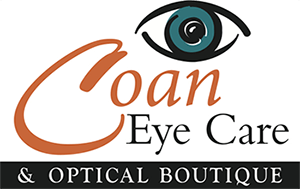Myopia is a progressive visual disorder that results in poor distance vision and if severe enough, will also affect near vision. Myopia is also known as “near-sighted” or “short-sighted.” In addition to blurred distance vision, it also changes the physical structure of the eye by steepening the front surface of the eye (cornea) and/or stretching the length of the eye. These changes increase the risk of future eye disease and is one of the leading causes of blindness around the world. These eye diseases include retinal detachments, macular issues, early cataracts, and glaucoma.
Myopia is genetic but environmental stress of near work such as reading, studying, computer use, hand games and the lack of outdoor time accelerates this process. In fact, one theory of increasing myopia is that it is our eye’s method of adapting to the demand of prolonged near work. It takes less work for a myopic person to read. That’s why we call it “near-sighted”.
More than 50% of the global population will develop myopia by 2050 and is projected to increase to almost 5 billion people in 2050. The incidence of myopia from 25 to 42% percent in the United States from 1971 to 2004. There has been an increase in the number of myopes but it is occurring at a younger age and with a higher severity, Dr. Roxanne Achong-Coan has been managing myopia in children since 2012. She is a member and a fellow of the International Academy of Orthokeratology and Myopia Management. Call us to schedule a consultation to see what is the best treatment to help prevent your child’s nearsighted (myopia) from changing so rapidly at 407-445-5170.


